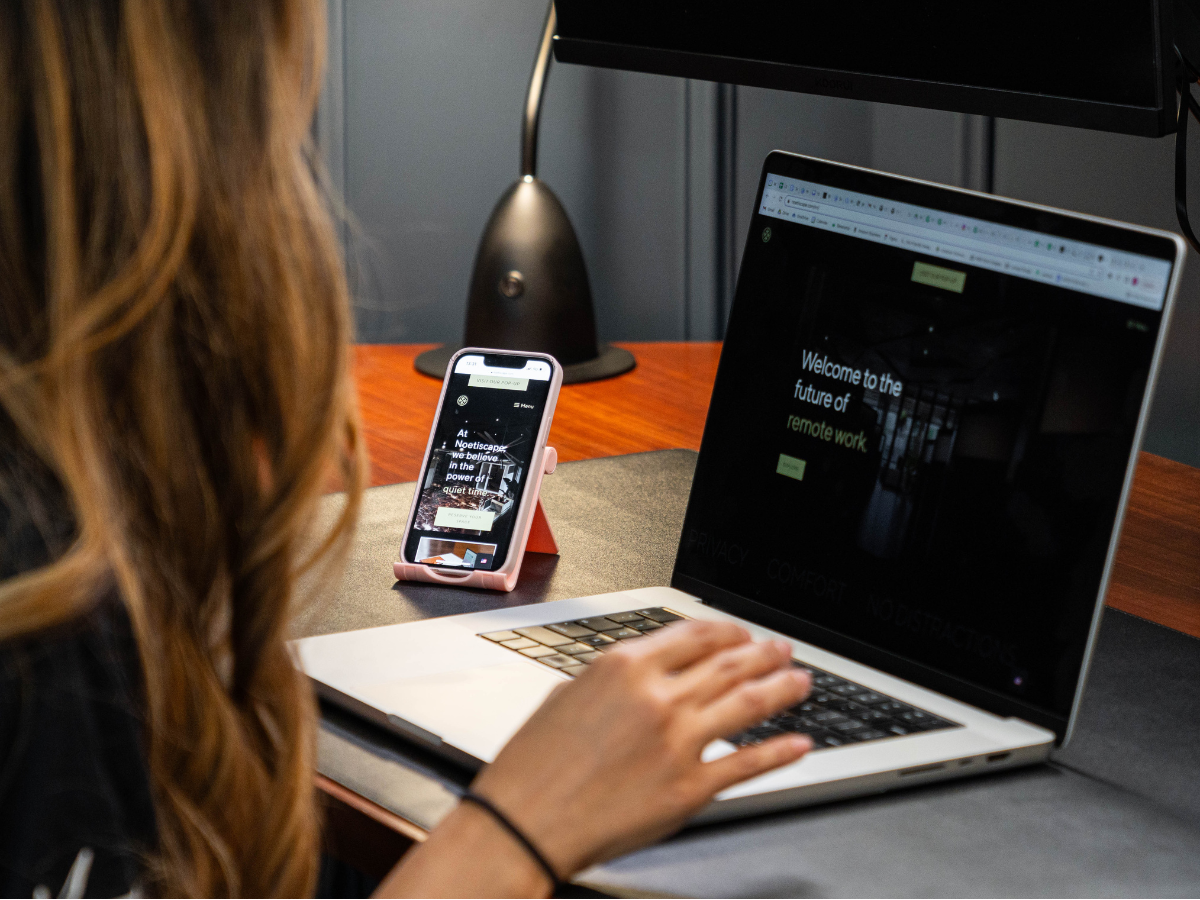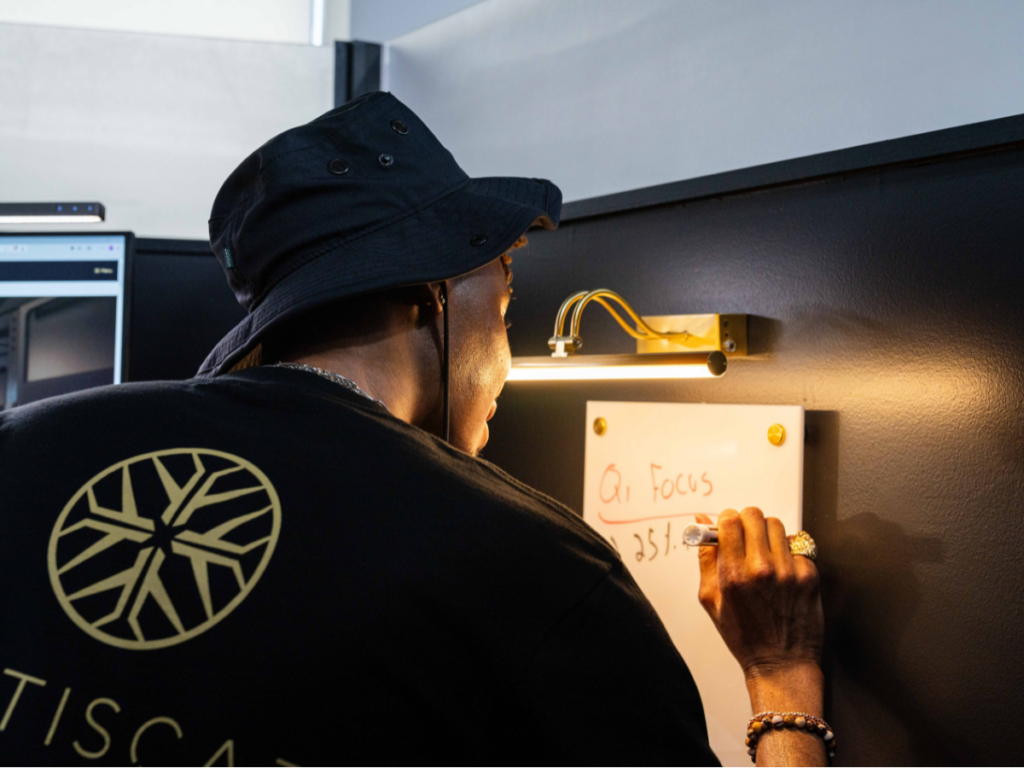The importance of concentration in a workspace
Concentration is essential in a workspace, and having a quiet environment can significantly enhance your ability to focus. When surrounded by noise and distractions, our brains have to work harder to filter out unwanted stimuli, which can result in mental fatigue and decreased productivity. A quiet workspace helps us direct our attention solely to the task at hand, enabling us to think more clearly and make better decisions.
Research has shown that prolonged exposure to noise can be detrimental to our health, including increased stress levels and reduced cognitive function. Therefore, creating a quiet workspace doesn’t only benefit our concentration but our overall well-being too.
The impact of noise on concentration
The impact of noise on engagement is often underestimated, but studies have shown that even low levels of background noise can significantly impair cognitive performance. Noise can be distracting, causing our attention to wander and making it difficult to focus on the task at hand.
Constant exposure to noise can lead to increased stress levels and decreased job satisfaction. Creating a quiet workspace, free from unnecessary noise and distractions, is crucial for maximizing concentration and achieving optimal productivity.
Benefits of a quiet workspace
Noise and distractions disrupt our focus, making it difficult to complete tasks efficiently. Research has shown that a quiet environment can enhance cognitive performance and improve the quality of work. It allows us to fully immerse ourselves in the task at hand, enabling deeper thinking and problem-solving.
Moreover, a quiet workspace reduces stress levels, as it provides a sense of calm and tranquility. Creating a quiet workspace, whether through noise-canceling headphones or finding a secluded area, can optimize our concentration and achieve our best work.

Creating a quiet workspace at home
Creating a quiet workspace at home is essential for maintaining focus and concentration. Distractions can significantly impact productivity, making it difficult to complete tasks efficiently. By designating a specific area in your home for work and minimizing noise, you can create an environment that promotes concentration. Consider investing in noise-canceling headphones or soundproofing materials to block out external sounds.
Also, keeping your workspace organized and free from clutter can help reduce visual distractions. Remember, a quiet workspace is not only about silence but also about creating a peaceful atmosphere that allows your mind to fully engage in the task at hand.
Choosing the right location for a quiet workspace
Choosing the right location for a quiet work environment is essential for maintaining focus and concentration. While it may be tempting to set up your workspace in a busy area of your home or office, the constant noise and distractions can significantly impact your productivity.
Instead, opt for a secluded place where you can minimize interruptions and create a peaceful environment. This could be a spare room, a corner of your bedroom, or even a cozy nook in a coffee shop. Selecting a quiet location eliminates unnecessary disturbances and creates the ideal atmosphere for deep work and maximum productivity.
Tips for reducing noise in a workspace
Creating a quiet workspace is essential for maintaining focus and concentration. Excessive noise can be distracting, leading to decreased productivity and increased stress levels. To reduce noise in your workspace, consider investing in sound-absorbing materials such as acoustic panels or carpets.
Plus, using noise-canceling headphones can help block out external sounds and create a more peaceful environment. It’s also worth exploring white noise machines or calming background music to mask any remaining noise. Implementing these tips will help you create a quiet and serene workspace that promotes optimal concentration and productivity.
Noise-cancelling headphones and other tools for a quiet workspace
Creating a quiet workspace is essential for maintaining concentration and productivity. Noise-canceling headphones are a valuable tool to block out distractions and create a peaceful environment. These headphones use advanced technology to cancel out background noise, allowing you to focus on your work without any interruptions.
Other tools, such as white noise machines or soundproof curtains, can further enhance the quietness of your workspace. By eliminating external noise, you can create a calm and peaceful environment that promotes deep concentration and optimal work performance.

Establishing boundaries and communication with others in the workspace
Establishing boundaries and clear communication with others in the workspace is essential for creating a quiet and focused environment. When we work in a shared space, it’s important to set expectations and communicate our need for a quiet workspace. This can be done through simple gestures like using headphones or putting up a “Do Not Disturb” sign.
Creating these boundaries allows us to minimize distractions, maintain concentration, and be more productive. Clear communication with our colleagues can help to address any potential disruptions and ensure a harmonious work environment where everyone’s needs are respected.
Maintaining a quiet workspace in a shared environment
Maintaining a quiet workspace in a shared environment is crucial for concentration and productivity. When surrounded by noise and distractions, our ability to focus on tasks and retain information is significantly compromised. Research has shown that even low levels of background noise can impair cognitive performance and increase stress levels.
By creating a quiet environment, you can minimize disruptions and create an environment that promotes deep thinking and efficient work. Implementing strategies such as using noise-canceling headphones, establishing clear boundaries with colleagues, and finding a secluded area can help you create the ideal environment for concentration and maximize your productivity.
Summary and final thoughts
A quiet workspace is not just a luxury but a necessity for optimal concentration and productivity. Background noise can significantly impair cognitive performance and increase stress levels. When our brains are constantly bombarded with distractions, it becomes harder to focus on the task at hand and retain information.
A quiet environment, on the other hand, promotes deep thinking, enhances problem-solving abilities, and allows for better information processing. So, if you’re struggling to stay focused and get things done, creating a quiet workspace should be at the top of your priority list.




